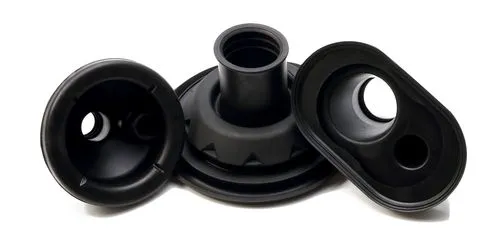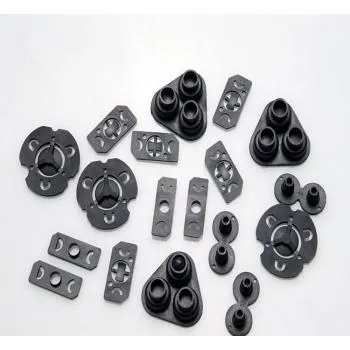Waterproof sealing function of rubber components in automotive wiring harnesses
When automotive wiring harnesses traverse the cabin, rubber components are typically employed for protection, serving to provide abrasion resistance, waterproof sealing, and noise reduction.
Among these functions, waterproof sealing stands out as the primary rationale for utilizing rubber components within wiring harnesses.
These rubber components act as a barrier between the vehicle’s cabin and external liquids and gases, effectively isolating the interior environment from the outside, ensuring that the driver’s compartment remains dry even in torrential rain.
In particular, the exceptional performance of rubber components is crucial in achieving waterproof seals across metal joints, allowing for seamless connections between adjacent metallic parts.
For example, although the sheet metal of the four doors may be separate from that of the rear hatch and the vehicle body, the rubber grommets associated with the four-door wiring harness and the rear hatch wiring harness enable a flawless interface, ensuring that the wiring harness can navigate freely and safely.
The main location of the vehicle harness rubber assembly
The rubber components for wiring harnesses are predominantly situated in the following areas of the vehicle:
- The interface between the engine and the cabin
- The interface between the front compartment and the cabin
- The interfaces between the four doors and the cabin
- The interface between the rear hatch and the cabin
- The fuel tank inlet

Material and structural innovation of automotive rubber components
In light of the stringent challenges posed by global trade and the increasingly rigorous energy and environmental regulations, automotive design is progressively oriented towards lightweight, compact, and eco-friendly solutions.
Mainstream automotive manufacturers have begun to innovate and optimize both the materials and structures of rubber components.
In terms of structure, newer rubber grommets incorporate plastic sheathing in their connecting sections along with a combination of TBE (thermoplastic elastomer).
The guiding part consists of independent corrugated tubing, which allows rubber grommets to adopt standardized structures, thus reducing costs, enhancing technical advantages, and improving environmental performance.
From a material perspective, there is a growing preference for TPE (thermoplastic elastomer) in wiring harness rubber components. The most significant processing characteristic of TPE is that it does not require vulcanization.
Although it has not yet comprehensively replaced traditional vulcanized rubber materials, TPE greatly accelerates the molding cycle and provides material properties that align better with the contemporary automotive industry’s demands for noise control, vibration reduction, lightweight design, environmental protection, and resource regeneration.
The function and material selection of automotive wire harness rubber assembly
Within the automotive wiring harness industry, the term “rubber components” encompasses not only those rubber pieces that protect the harness as it passes through the metal body panels but also waterproof sealing elements for automotive connectors, such as waterproof plugs and sealing rings.
The materials used for these sealing components primarily consist of NBR (nitrile butadiene rubber) and other solid silicone rubbers.
Given that the production processes and equipment for rubber grommets and silicone seals are similar—mostly involving compression molding and requiring vulcanization—most specialized manufacturers of rubber components also produce both types of products concurrently.

